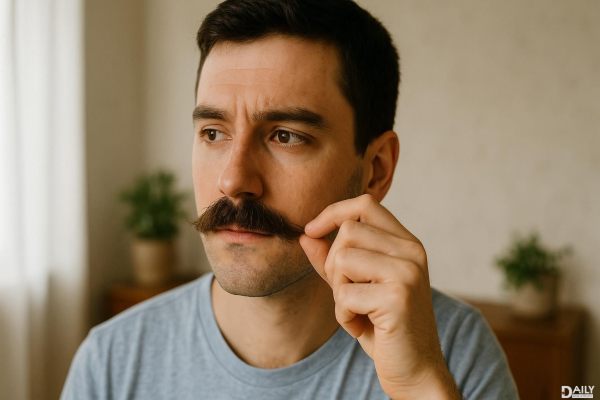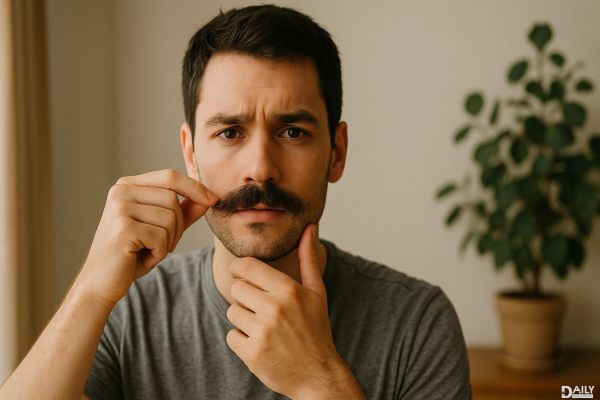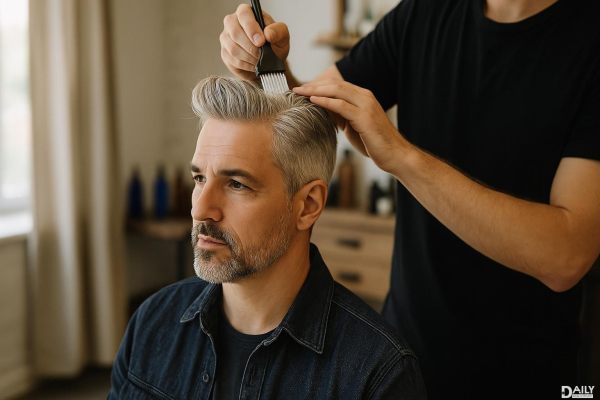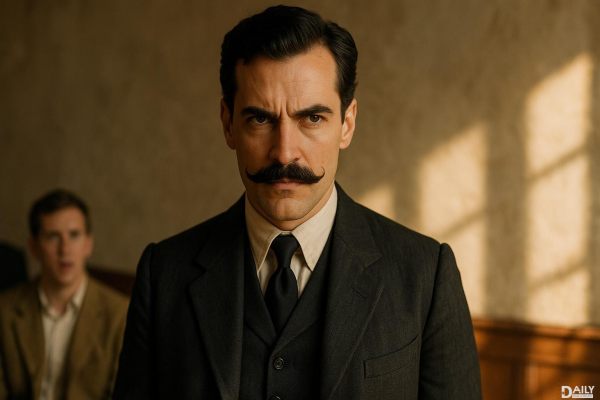From the silver screen to the history books, some of the most iconic men in history have been defined by their legendary mustaches. Whether it's the rugged charm of a cowboy or the refined elegance of a Victorian gentleman, a well-groomed mustache can make a man unforgettable. These aren't just facial hair choices—they're statements, signatures, and sometimes even cultural revolutions. So, let’s dive into the top 10 mustache styles that turned ordinary men into legends.

When you think of the Oakland A’s golden era, Rollie Fingers’ handlebar mustache is as much a part of the team’s identity as their World Series wins. This style, with its upward-curled ends, screams confidence and flair. Fingers didn’t just pitch—he made the mustache a symbol of dominance on the mound. The handlebar requires patience and wax, but for those who can pull it off, it’s a showstopper.
If there’s one mustache that embodies the spirit of the American West, it’s Sam Elliott’s walrus. Thick, bushy, and untamed, this style is for men who don’t just walk into a room—they own it. Elliott’s mustache has become synonymous with his deep, gravelly voice and roles as the ultimate cowboy. It’s not for the faint of heart, but if you’ve got the grit, this ‘stache will do the talking for you.
John Waters took the pencil-thin mustache from silent film villains to high art. This delicate, precise style is all about attitude—think old Hollywood meets punk rebellion. Waters’ version is a statement of individuality, proving that sometimes, less is more. It’s a high-maintenance look, but for those who dare, it’s a badge of creative nonconformity.
Hulk Hogan didn’t just wrestle—he turned the horseshoe mustache into a symbol of brute strength and charisma. This downward-curving style, framing the mouth like a horseshoe, became his trademark. It’s bold, it’s loud, and it demands attention. Hogan’s mustache wasn’t just facial hair—it was part of the Hulkster persona, proving that in the ring (and in life), sometimes you gotta go big or go home.
Tom Selleck’s chevron mustache in "Magnum P.I." set the standard for 80s masculinity. Thick, well-defined, and perfectly groomed, this style is the Goldilocks of mustaches—not too wild, not too tame. Selleck made it look effortless, but maintaining this look requires dedication. It’s a classic for a reason, and if you’ve got the jawline to match, this ‘stache will never go out of style.
Salvador Dalí’s imperial mustache was as surreal as his paintings. Thin, long, and waxed into sharp points, this style defied convention. It wasn’t just a mustache—it was a performance piece. Dalí’s ‘stache was a middle finger to the ordinary, a reminder that art isn’t just on the canvas. If you’re looking to make a statement, this is the mustache that says, "I’m here to disrupt."
David Carradine’s Fu Manchu in "Kung Fu" turned a traditional Chinese style into a pop culture phenomenon. Long, drooping, and slightly sinister, this mustache added to his character’s enigmatic aura. It’s not a style for the everyday, but for those who want to channel a sense of mystery and wisdom, the Fu Manchu is a bold choice.
Charlie Chaplin’s tiny, square mustache is one of the most recognizable in history. It was part of his Tramp character—a symbol of humor and resilience. Ironically, this style became so iconic that it’s often associated with comedy, despite its unfortunate appropriation by darker figures. Chaplin proved that even the smallest mustache can leave the biggest impression.
This one’s complicated. The toothbrush mustache—small, rectangular, and centered—was popularized by Charlie Chaplin but forever stained by Adolf Hitler. It’s a reminder that style doesn’t exist in a vacuum. While Chaplin used it for satire, Hitler turned it into a symbol of hate. Today, it’s a cautionary tale about how even facial hair can carry heavy cultural baggage.
Burt Reynolds’ lampshade mustache was the epitome of 70s cool. Thick, full, and slightly flared at the ends, it complemented his devil-may-care attitude. Whether he was racing cars or cracking jokes, Reynolds’ mustache was a key part of his charm. It’s a look that says, "I’m here to have fun, and you’re invited."
From the outrageous to the refined, these mustaches did more than just sit on their wearers’ faces—they defined eras, careers, and even cultural movements. Whether you’re inspired to grow your own or just appreciate the artistry, one thing’s clear: a great mustache isn’t just facial hair. It’s a legacy.
























